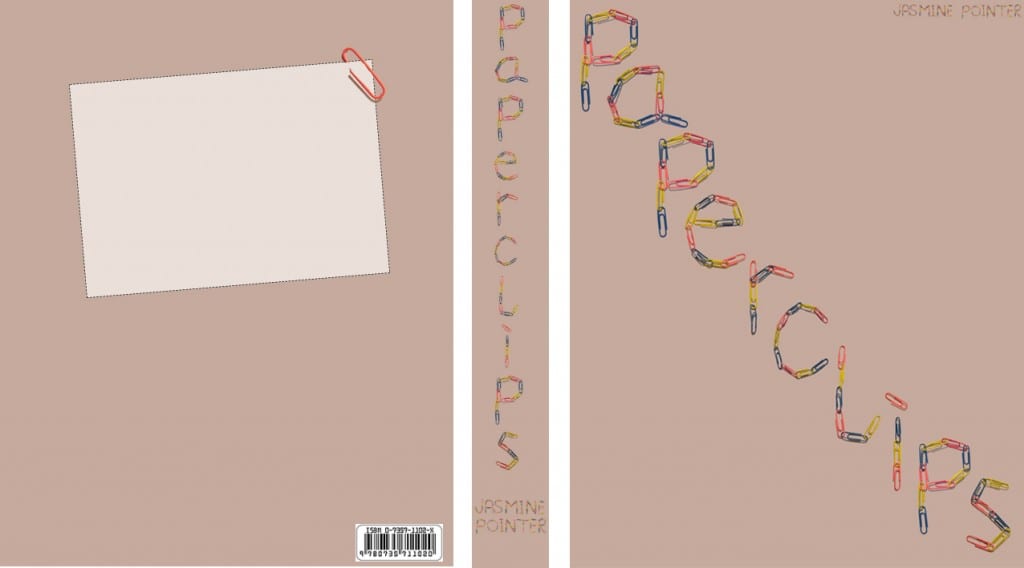I decided to look at a typography timeline to get a good idea of the history of typography before taking on this project. All of the information I found for this typography timeline was taken from home.moravian.edu.
Renaissance, 15th-16th centuries:
1470: Nicolas Jenson creates first old style Roman typeface. Roman type was modelled from a European scribal manuscript style.
1523: Garamond typeface invented. Garamond’s letterforms convey a sense of fluidity and consistency.
Baroque, 17th century:
1692: Romain du Roi Typeface created by Robert Grajun (first cursive typeface)
1757: Baskerville Typeface designed. The Baskerville typeface is the result of John Baskerville’s intent to improve upon the types of William Caslon.
1722: William Caslon. Caslon’s typefaces were inspired by the Dutch Baroque types.
Neoclassical, 18th century:
1780: Bodoni typeface designed. Bodoni had a long career and his designs evolved and differed, ending with a typeface of narrower underlying structure with flat, unbracketed serifs, extreme contrast between thick and thin strokes, and an overall geometric construction.
1784: Didot typeface designed. The Didot family’s development of a high contrast typeface with an increased stress is contemporary
Romantic, 18th-19th centuries:
1816: Caslon IV produced the first sans-serif printing type in England for Latin. Caslon’s Sans Serif and the Grotesques, which followed on from this pattern in the 19th century.
1896: Cheltenham Designed. Cheltenham is not based on a single historical model, and shows influences of the Arts and Crafts Movement. Originally intended as a text face, “Chelt” became hugely successful as the “king of the display faces.”
Industrialisation, 19th-20th centuries
1904: Franklin Gothic and its related faces, are realist sans-serif typefaces originated by Morris Fuller Benton. Franklin Gothic has been used in many advertisements and headlines in newspapers. The typeface continues to maintain a high profile, appearing in a variety of media from books to billboards.
1927: Futura typeface designed. It is based on geometric shapes that became representative of visual elements of the Bauhaus design style.
1932: Times New Roman is a serif typeface commissioned by the British newspaper The Times in 1931, created by Victor Lardent at the English branch of Monotype
1957: Haas Grotesque (Helvetica) Designed Helvetica was developed in 1957 by Max Miedinger with Eduard Hoffmann at the Haas’sche Schriftgiesserei (Haas type foundry) of Münchenstein, Switzerland.
